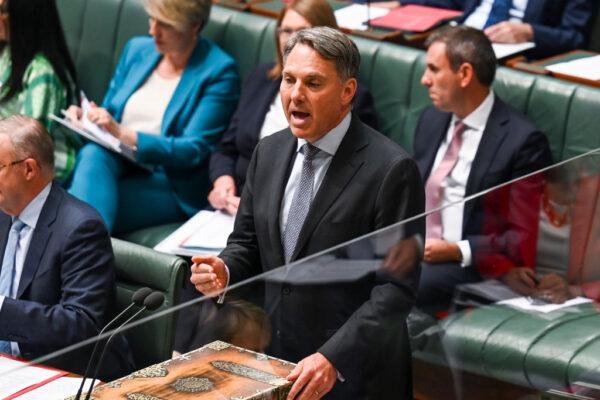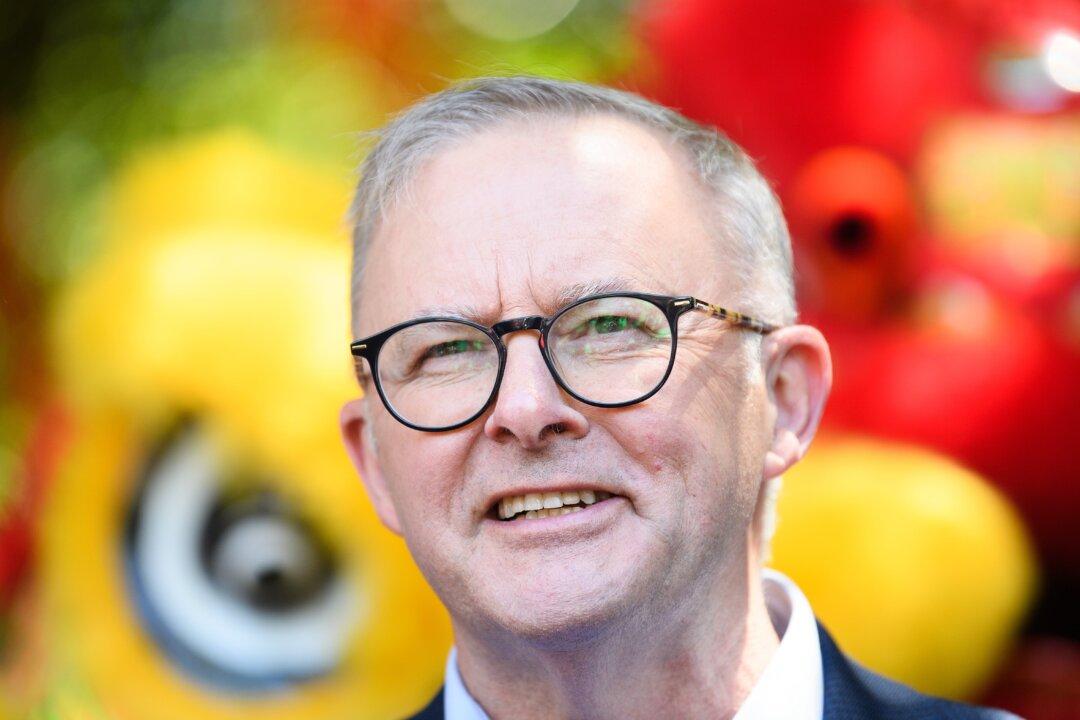The Australian government will buy defence radar system manufacturer CEA Technologies, in a move Defence Minister Richard Marles says will safeguard the supply chain for radar technologies.
CEA has operated for 40 years, has over 600 staff, and develops cutting-edge radar systems for major naval vessels.
From July 2023, the Commonwealth will hold a non-controlling stake in the company for 18 months before it shifts to a majority stake and CEA becomes a Government Business Enterprise.
The Labor government says the company will continue to operate at arm’s length and independent from political leaders.

Upgrades to Military Bases Continuing
The announcement comes soon after the government revealed it would shift $3.8 billion (US$2.5 billion) towards upgrading military bases across Australia’s north as part of a steady build-up to deal with potential regional conflict—a continuation of earlier policies under the Morrison government.According to Marles, the new funding push will include $2 billion towards upgrading runways, fuel storage, accommodation, and security at air bases at RAAF Base Learmonth in the Cocos (Keeling) Islands, as well as in the Northern Territory and northern Queensland.
Another $1 billion to upgrade major training areas at the Robertson Barracks in Darwin and the Lavarack Barracks in Townsville in northern Queensland.
While the naval bases HMAS Coonawarra, HMAS Cairns, and the Harold E. Holt Naval Communications station will receive $600 million. Another $200 million will go towards accelerating other projects in the north.
The government revealed it would need to continue building up its manpower in the region, including a possible larger U.S. marine rotation.
“I think what you’re also going to see is a continual growth of the marine rotation that’s happening here. And greater opportunities to involve other countries in training opportunities,” he added, noting the increased presence will be of benefit to the local economy.
The announcements form part of the wider reconfiguration of the Australian Defence Force that began under the Labor government’s predecessors.
The Defence Strategic Review, handed down on April 24, continues this trend with the authors recommending that the government eschew traditional land-fighting armed forces for more maritime-focused, long-range strike power.
“More HIMARS rocket systems and land-based maritime strike,” said Defence Industry Minister Pat Conroy.
“So this is about getting an Australian army that’s shaped for our current strategic circumstances and going from a service whose greatest range for its artillery is 45 kilometres to one that can project power in excess of 500 kilometres. So this is about reshaping the army to modernise it, to be quite frank,” he told ABC Radio.
The underlying philosophy of this move, which has also been adopted by the Taiwanese government, is to up the threat of retaliation to a point where Beijing will have serious doubts about starting a military conflict.
“We need to make Australia a difficult proposition for any adversary,” Marles told The Sydney Morning Herald and The Age.
“In that context, we need to be a porcupine.”





